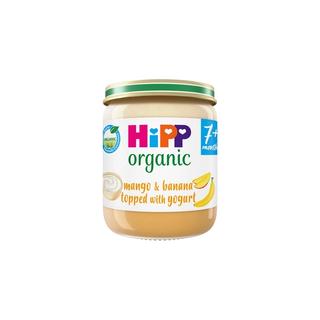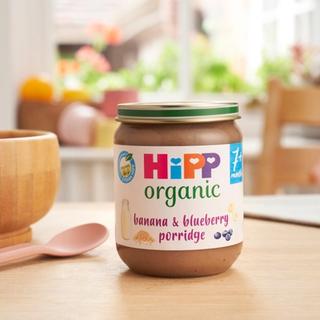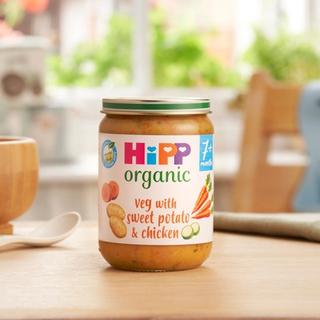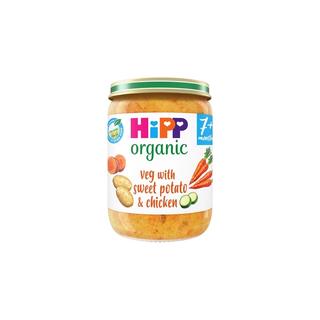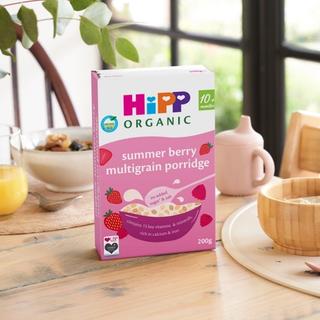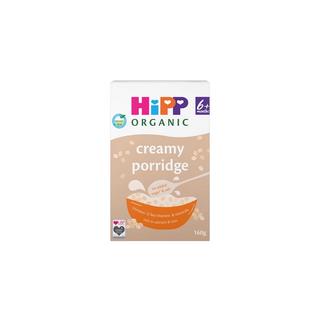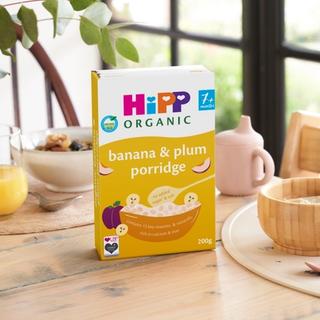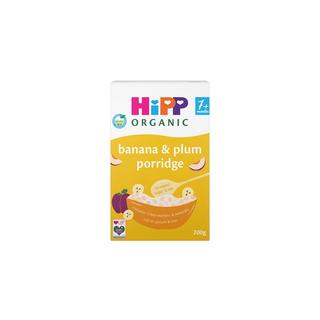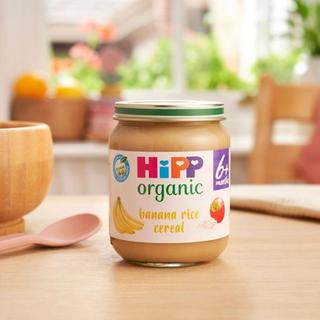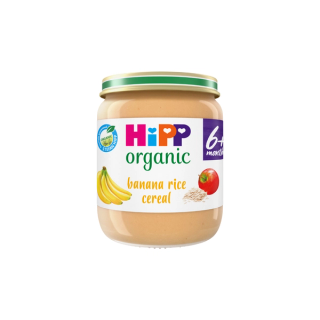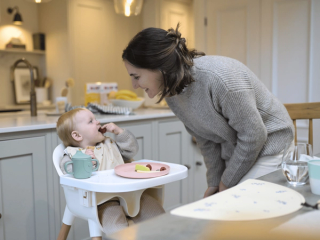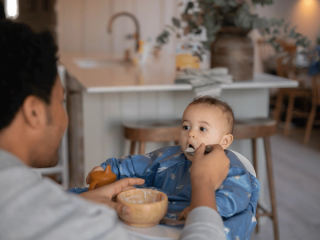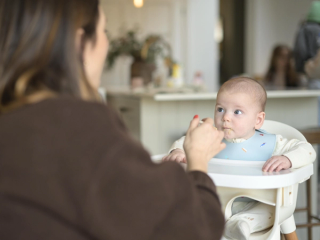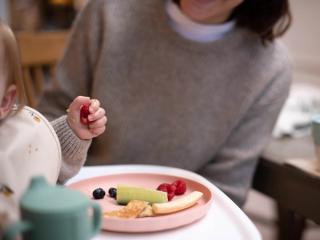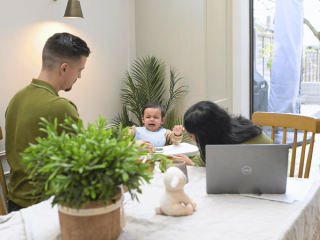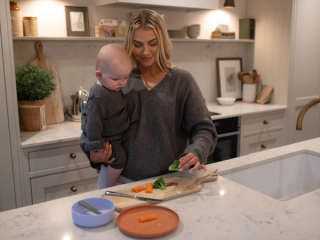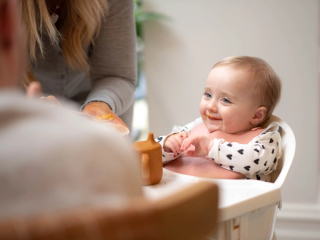
Baby Foods
Over 125 years of baby feeding expertise, tailored for your baby's every step
Made using premium quality organic ingredients with strict quality standards which exceed EU & UK regulations. Every recipe is carefully crafted, tailoring nutrition*, taste, texture, and portion size for each stage of your baby’s journey.
Most loved
Our Baby foods
A winner in our household
"HiPP Organic is a winner in our household, and continues to make our weaning journey a happy, healthy and easy one!" - Iwona Polak
My child absolutely devoured these
"She is a very fussy eater when it comes to new foods but she ate these without any fuss." - Sharday
12 / 50
Related articles
Weaning
Advice & tips
Contact Us
We're here to help with any queries you may have, click here to find how you can contact us.
FAQs
Click here to find the answers to some of our most frequently asked questions.
About HiPP
Learn about the HiPP family's passion for providing quality products to support babies' growth and development.
HiPP BabyClub
Join our community of Experts, Partners, and HiPP parents for the latest advice, support, and guidance.



